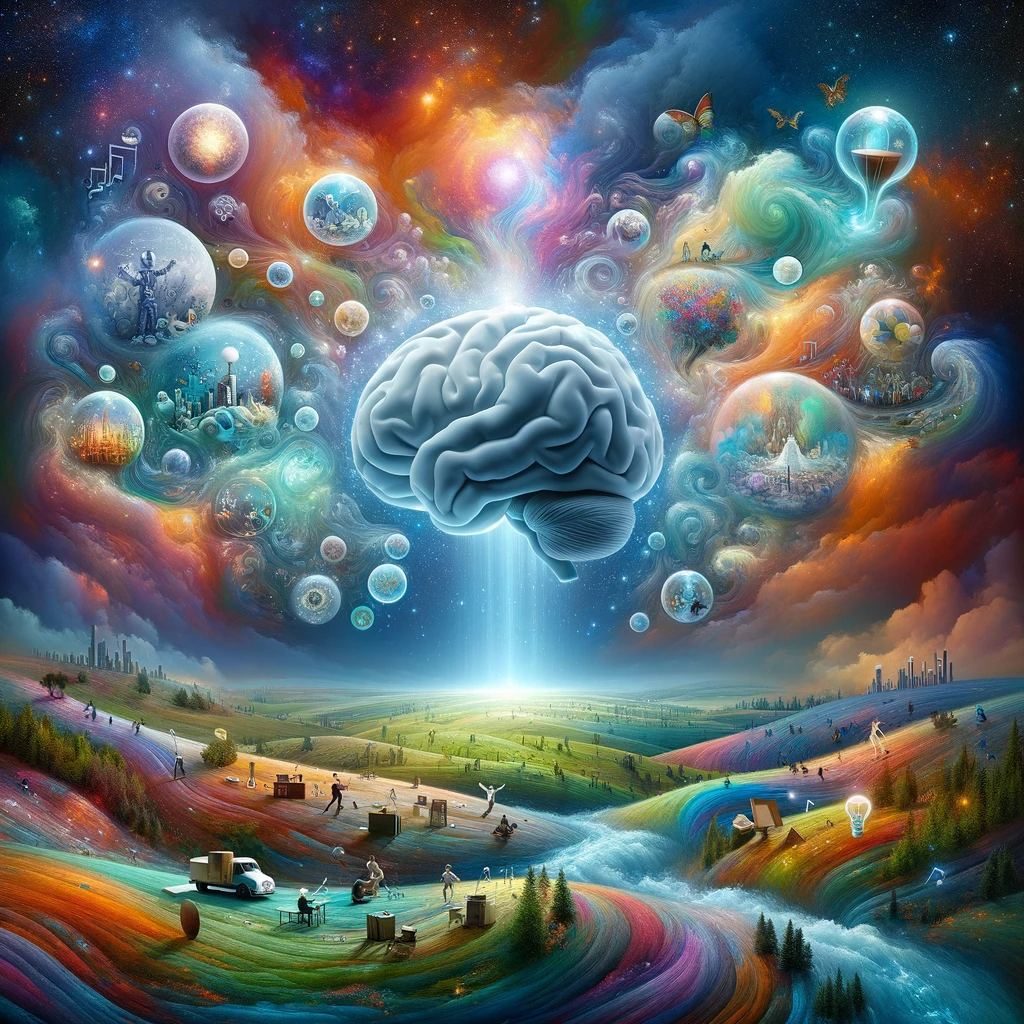In a world where innovation seems ceaseless, the latest tide to catch is Generative AI (GenAI). OpenAI’s unveiling of Sora, a tool capable of crafting high-definition video assets from basic text inputs, signals another leap forward in creative technology. As GenAI continues its meteoric rise, industries ranging from advertising to entertainment are poised for a transformative shift. But amid the excitement, questions linger: How can brands harness this technology effectively? And what ethical considerations must accompany its adoption?
Transforming brand creativity – Generative AI in action
As brands strive for relevance and resonance in an increasingly digital landscape, the allure of GenAI is undeniable. With tools like Sora, the arduous process of asset creation is streamlined to a few keystrokes, ushering in an era of unparalleled efficiency. No longer bound by physical constraints, brands can produce a limitless array of assets, from still images to full-motion videos, with minimal resources. The allure of cost-effectiveness and scalability is irresistible, prompting many global brands to dip their toes into the GenAI waters.
yet, the journey to GenAI maturity is not without its challenges. Unlike off-the-shelf solutions accessible to the public, commercial-grade GenAI tools demand specialized expertise and proprietary configurations tailored to individual brands. The cultivation of this expertise requires time and investment—a barrier that may deter some from fully embracing the GenAI revolution. Nonetheless, for those willing to navigate these complexities, the rewards are boundless.
Ethical considerations in brand asset creation
Yet, as with any technological leap, ethical considerations loom large. While GenAI empowers brands to create compelling content at unprecedented speeds, it also raises questions about authenticity and consent. The use of synthetic assets, indistinguishable from their real counterparts in many cases, blurs the lines between reality and fabrication. Also, the commodification of individuals’ likenesses for commercial gain underscores the need for robust ethical frameworks to guide GenAI’s deployment.
Also, GenAI’s capabilities extend beyond mere asset production, prompting concerns about its potential to supplant human creativity and critical thinking. While it excels at executing predefined tasks, GenAI falls short in strategic planning and creative ideation—a realm still dominated by human ingenuity. Brands must tread carefully, recognizing GenAI as a tool rather than a replacement for human expertise.
In the ever-evolving landscape of brand innovation, Generative AI stands poised to revolutionize creative asset production. Yet, as brands venture into uncharted territory, they must heed the lessons of the past and approach GenAI with caution and discernment. By balancing technological prowess with ethical integrity and human insight, brands can harness the full potential of GenAI to shape narratives, captivate audiences, and chart a course toward enduring success. As brands weigh the prospects of integrating Generative AI into their creative workflows, one question remains: How can they strike a harmonious balance between technological innovation and human creativity?





